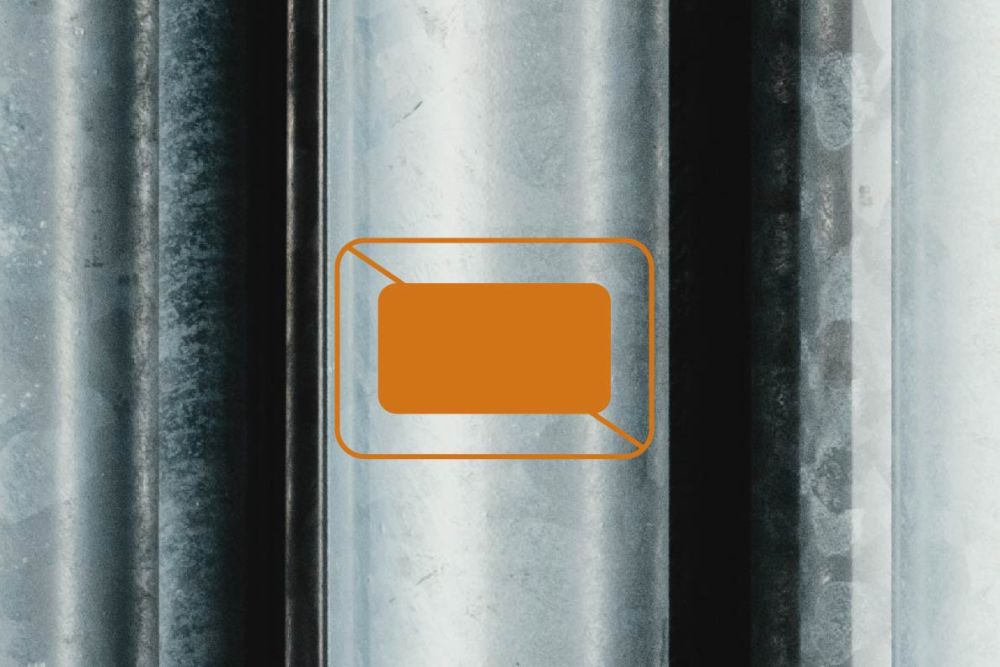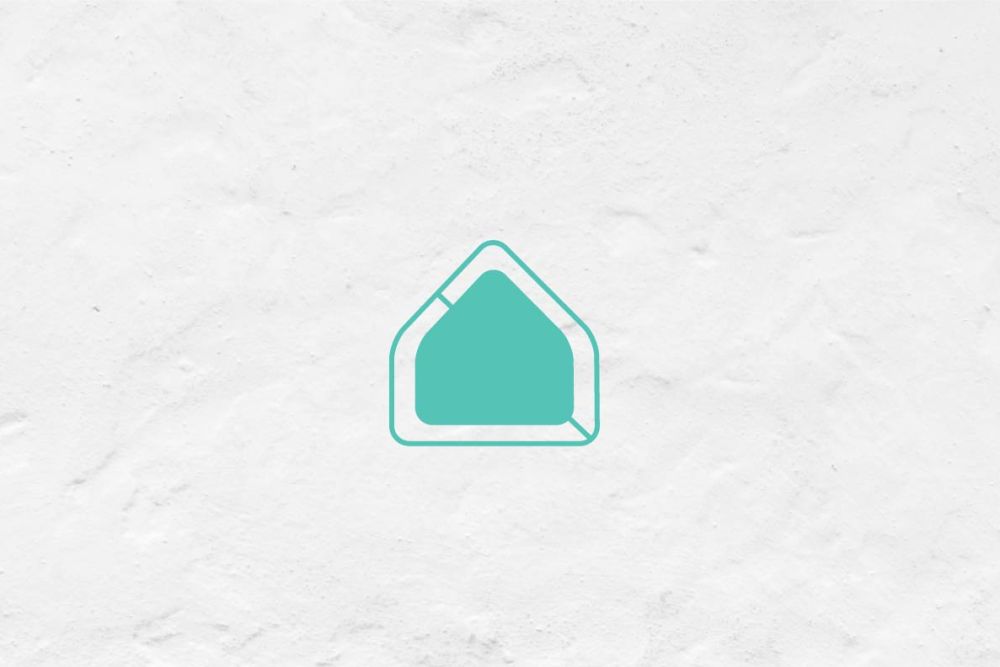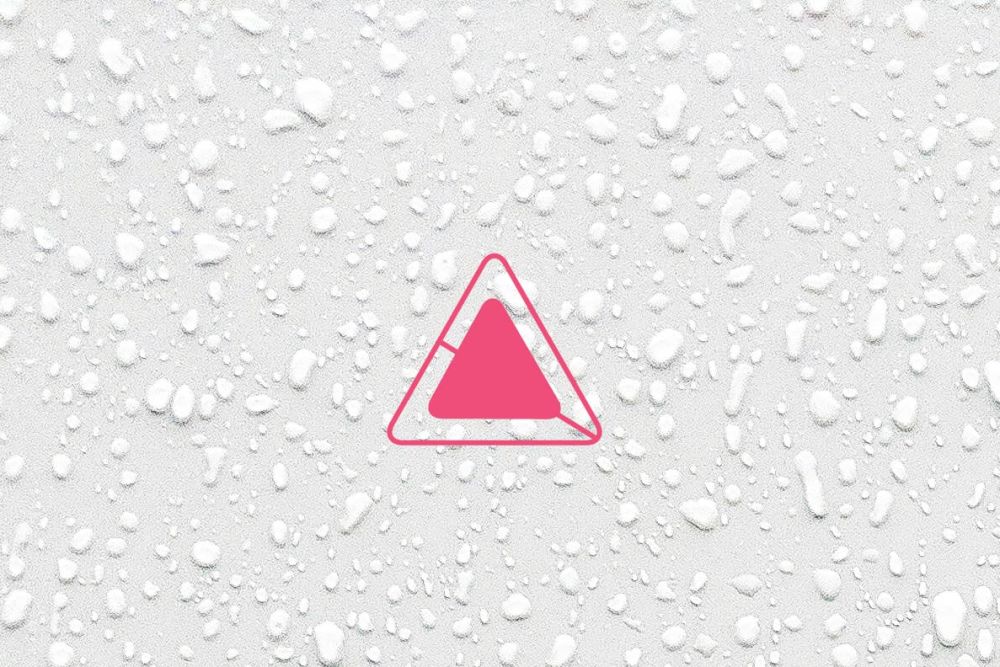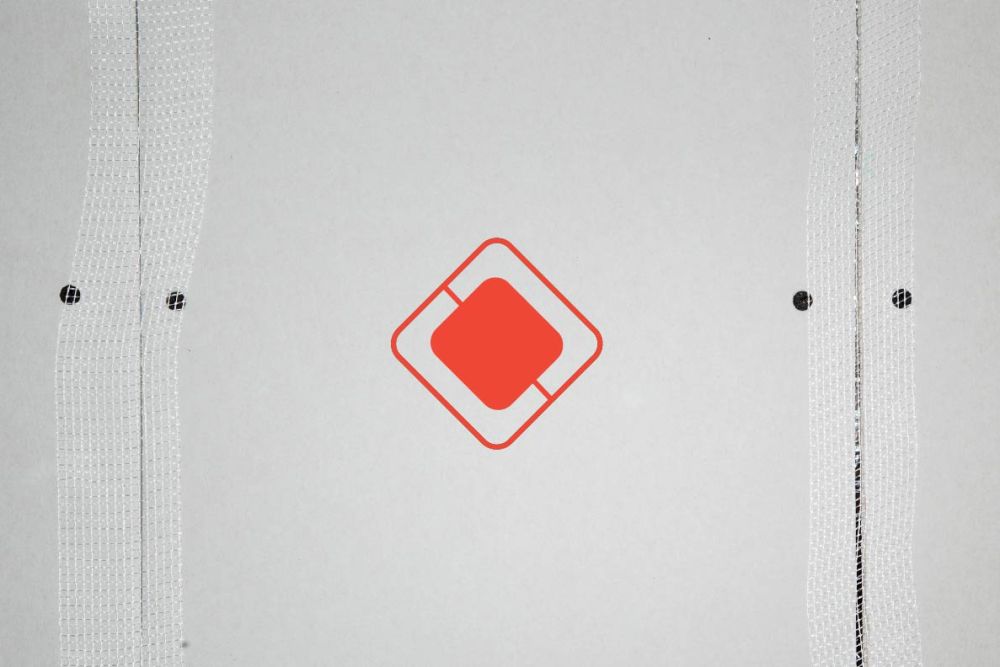Building Materials Watchlist: Chemical ingredients and building materials of concern
By Eric Corey Freed, Deb Favaretto and Yasha Ogg
February 23, 2024
Social Sharing
Many building materials are manufactured with chemical ingredients that are concerning for human health. Exposure levels to those known toxins is still challenging to pinpoint, however, designers have a responsibility to offer alternatives to limit potential exposure along the life cycle of the products we specify. That's why we created the Watchlist for Building Materials. It's a resource to help teams understand which building materials should be evaluated, limited or entirely avoided.
Our Watchlist is inspired by the Healthy Building Network's product categories and Arlene Blum's "Six Classes of Chemicals” framework, which outlines six categories of chemicals that share similar chemical structures and properties, and often have common health and environmental effects. The goal of this framework is to simplify the complex landscape of chemicals and provide a more manageable way to address chemical regulation and substitution. The six classes of chemicals are:
PER- AND POLYFLUOROALKYL SUBSTANCES (PFAS)
These are synthetic chemicals used in various industrial and consumer products for their water- and grease-resistant properties. These chemicals are known carcinogens (cancer-causing), can affect brain development and reproductive health, and are endocrine disruptors (which means they negatively affect our body’s hormones).
ANTIMICROBIAL CHEMICALS
This class of chemicals is used in countertop materials, carpets, acoustical ceiling tiles, insulation, furniture and flooring. These chemicals are antibiotic-resistant, can cause asthma attacks, and are known endocrine disruptors. Environmentally, they are persistent, bioaccumulative and harmful to aquatic ecosystems.
FLAME RETARDANTS
These chemicals can be found in carpet, carpet padding, insulation, furniture foam, textiles, gypsum board and interior shades. Related to human health, these chemicals are known carcinogens, they affect development and reproductive health, are endocrine disruptors and are neurotoxic. Environmentally, these chemicals are persistent, bioaccumulative, and harmful to aquatic ecosystems.
BISPHENOLS AND PHTHALATES
Bisphenols are commonly used in the production of plastics, including polycarbonate plastics and epoxy resins. Phthalates are plasticizers commonly used in vinyl flooring and base, carpet backing, vinyl upholstery and wall covering, wire and cable jacketing and membrane roofing. These chemicals are known hormone disruptors and impact reproductive health.
SOME SOLVENTS
Solvents like benzene, methylene chloride, xylene and others can lead to a range of health issues such as respiratory irritation, dizziness and headaches.
CERTAIN METALS
Metals like mercury, arsenic, cadmium, lead and others can be harmful to health when they are inhaled or come into contact with the skin.
Taking inspiration from these six classes, we created the following Watchlist — a list of materials that must be evaluated, limited or entirely avoided because of their negative impacts on human health and the environment.
We know that 90% of our life is spent indoors, and in numerous ways, our bodies absorb these harmful materials through processes such as volatilization, abrasion, leaching, oxidation, inhalation, ingestion and more. Not only are building occupants exposed, but people all along the material supply chain. That's why it's so critical to explore every avenue for sustainable alternatives that promote the well-being of both people and the environment.














